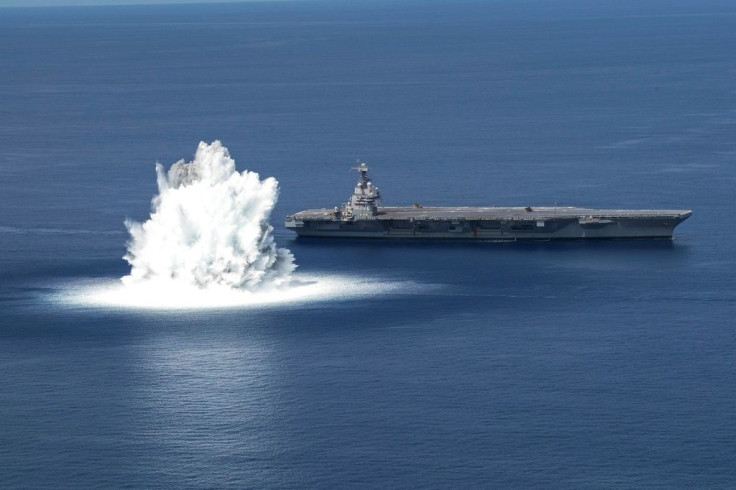Joint Force Command-Norfolk: NATO's Newest Command Prepares For Another Battle Of The Atlantic
KEY POINTS
- The new command will dictate the success or failure of a future war in Europe
- Launch coincides with Russia's increasing ability to control the Atlantic in case of war
- Will cover the area from U.S. East Coast, Greenland-Iceland-U.K. gap, into Arctic
The U.S. got its first NATO command Thursday with the official launch of Joint Force Command-Norfolk, which will prove decisive in case of any potential large-scale conflict in the Atlantic ocean.
The command, meant to deliver men and arms for any potential future war in Europe, is the first allied headquarters dedicated to protecting the Atlantic sea lanes since 2003, said Military.Com.
"It is the mission of this command to fight the battle of the Atlantic," said Gen. Mark A. Milley, chairman of the Joint Chiefs of Staff, during a live-streamed ceremony on board USS Kearsarge. He added that the command is necessary to "prevent a bloody, destructive war against major adversaries or to win it if one were to erupt."
"The survival of NATO and the success or failure in combat in a future war in Europe will largely depend on the success or failure of this command," said Milley.
"Think about that. If you know your history, and you know World War II, you know how important that was," he added. German U-boats and other vessels had prowled the Atlantic during World War II, aiming to torpedo troop and combat gear transports.
"If another war were to break out in Europe, securing the Atlantic would be crucial," he added.
Reports said the Command's launch coincides with growing concerns about Russia and its ability to control the Atlantic in case of a war.
The words of Vice Adm. Andrew Lewis, commander of the Navy's Second Fleet and the new joint force command, reflected this concern.
On the increasing Russian and Chinese activity in the Atlantic, he said, "We can no longer assume we have control of the Atlantic, as we had at the end of the Cold War. We are again being challenged by threats in these waters. [Russia and China] both have increased their presence in the Atlantic, from the Arctic Circle to the South Pole."
Lewis also touched upon the changing climate pattern which results in the opening up of waterways in the Arctic. The opening Arctic has paved the way for increased competition with Russia as nations compete among themselves to lay hands on the rich untapped natural resources of the region.
The Joint Force Command-Norfolk will cover an area stretching from the U.S. East Coast, across the Greenland-Iceland-U.K. gap, and into the Arctic.
FC Norfolk comprised roughly 150 peacetime posts with 19 allied nations and two partner nations represented. "JFC Norfolk demonstrates NATO’s dedication to security and stability in the region and sends a strong message of reassurance to both North Americans and Europeans while serving as a powerful signal to deter any potential adversary," said Lewis.

© Copyright IBTimes 2025. All rights reserved.





















